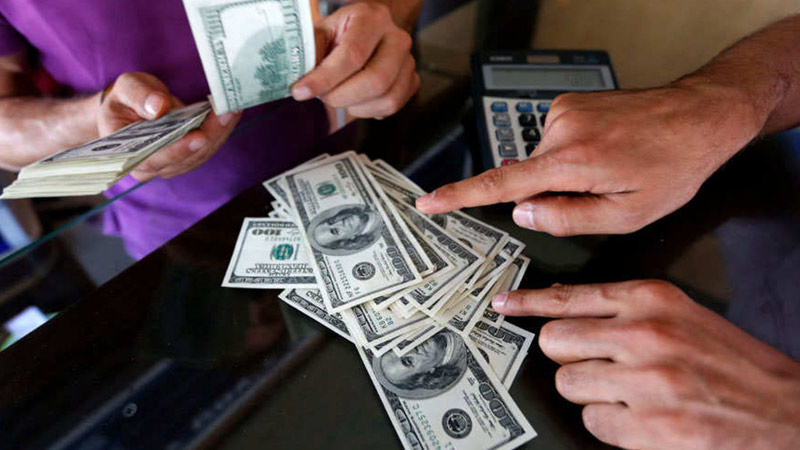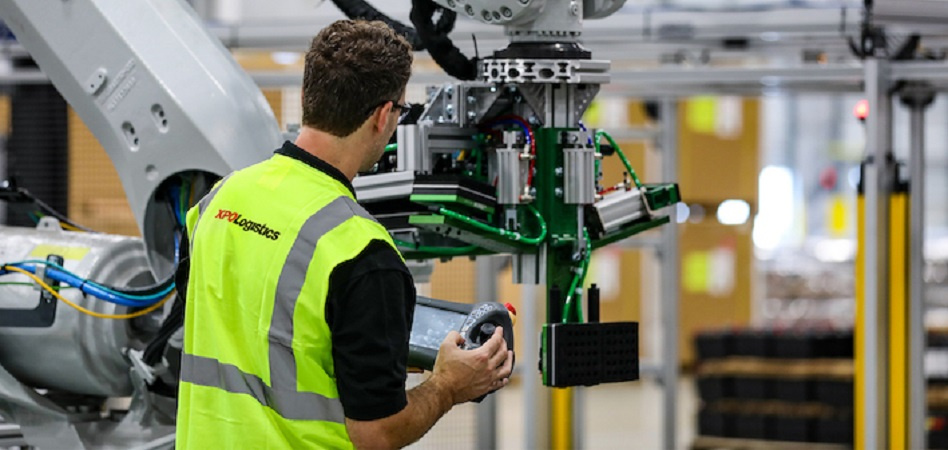In 2021, El Salvador received $7,517.1 million remittances, mostly from the United States
In 2021, Salvadorans receive $7,517.1 million in remittances, mostly from the United States, and do you know what Salvadorans spend those millions on?
This is a record revenue according to the historical statistics of this variable. Compared to the same period in 2020, there was an increase of $1,587.2 million, according to data recorded by the Central Reserve Bank (BCR).
This year, family remittances received by our country between January and April 2022 amounted to $2,444.1 million, recording a 4.2% growth equivalent to $99.4 million more than the same period the previous year.
Only 1.7% of remittances in January and February came through the Chivo Wallet, according to the president of BCR
An important fact is that the geographic distribution of family remittances between January and April shows that the western zone collected $413.0 million, recording a 3.3% growth; the paracentral zone received $289.1 million (3.1% more), the central zone $892.0 million (2.7% additional) and the eastern zone received $765.0 million, equivalent to 1.4% growth.
But what do Salvadorans spend money on?
According to the annual survey “Hogares y Propósitos Múltiples” in El Salvador, conducted by the Ministry of Economy, in 2019, 82.5% of Salvadorans spent their money on consumption (food, housing), 4.7% on medical expenses, 4, 5% in education and 3.2% in savings funds.
A quick survey conducted by El Diario de Hoy shows that the majority allocate money for food, household goods, medical consultations, medical care, medicines and also for recreation.
“With what I sent my mother can take my son to the pool, buy him something like ice cream, soft drinks so he feels happy,” explains Laura, a Santaneca who has lived in Los Angeles for 4 years and is survived by her son now. 6 years old, under the care of his mother.
Monthly remittances received by households exceed the minimum wage
According to Laura, the remittances were also used for the treatment of her mother, who is now 62 years old and has diabetes.
Meanwhile, Mario Flores, who is also from the West, said that the remittances were to pay for his mother’s rent and medicines and help one of her sisters study.
“I don’t want my mother to have a job, I send her to pay her rent, food and medicine and also when I can I send her clothes and shoes. I sent my sister to pay for university, she studied to become a nurse”, explains Mario, who has been in the United States for 10 years.
Another couple consulted, who live in San Salvador and receive remittances, confirmed that they had bought a washing machine and TV and also bought their medicines and went out to eat somewhere from time to time, thanks to the remittances your Daughter sent.
Between January and April 2022, the three departments with the highest growth rates of income from family remittances were Cuscatlán with 7.4%, Ahuachapán with 5.7% and La Paz with 5.2%. Of the total family remittances sent to El Salvador, 94.0% were sent from the United States, followed by Canada, Spain, Italy and the United Kingdom with 0.9%, 0.4%, 0.3% and 0.1 respectively. % of the total, according to BCR data. .
MORE ABOUT THIS SUBJECT
KEYWORDS
Family Business Remittance

“Entrepreneur. Internet fanatic. Certified zombie scholar. Friendly troublemaker. Bacon expert.”






